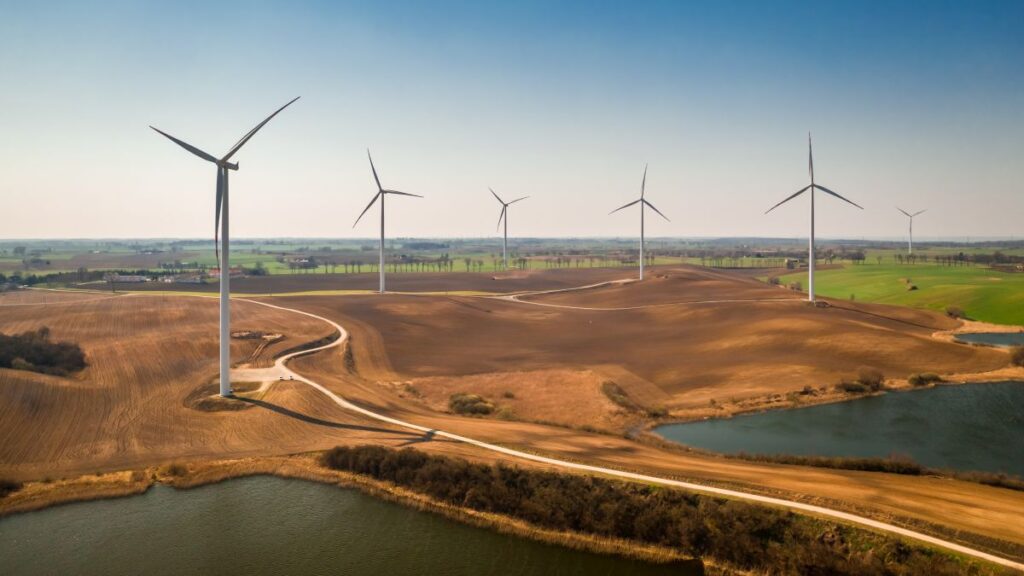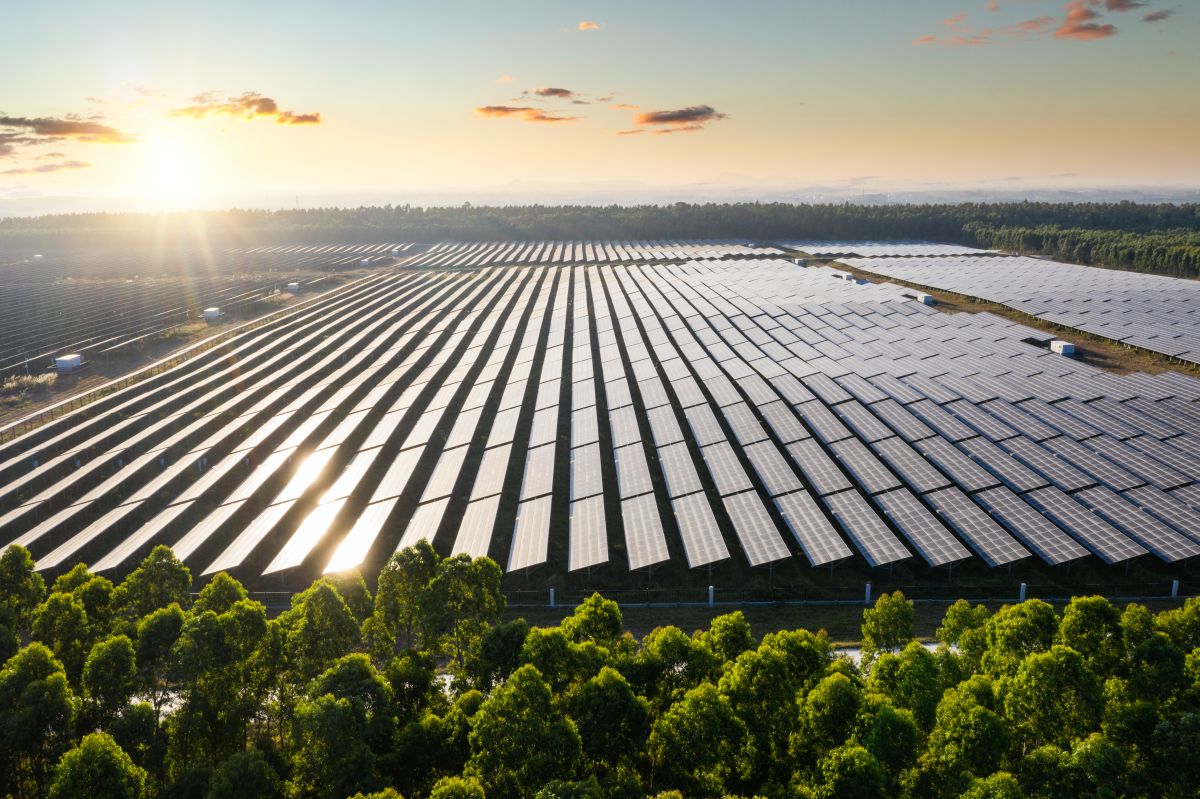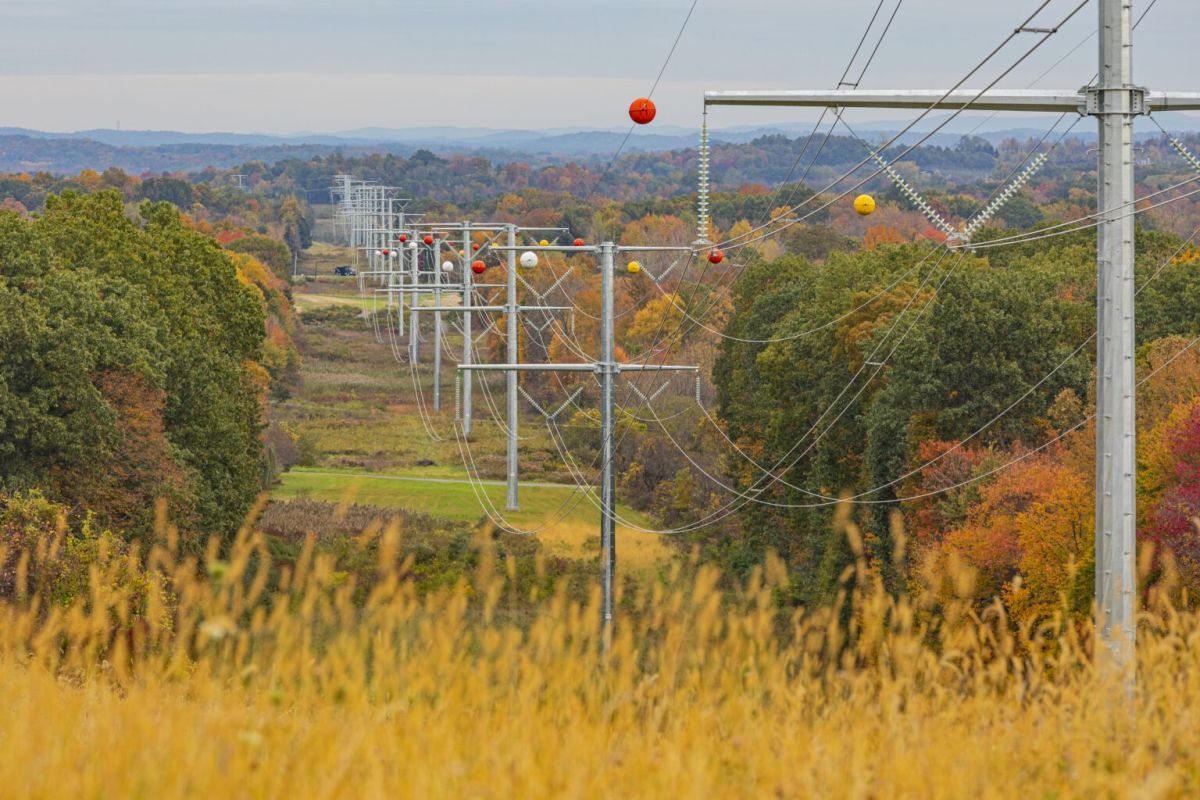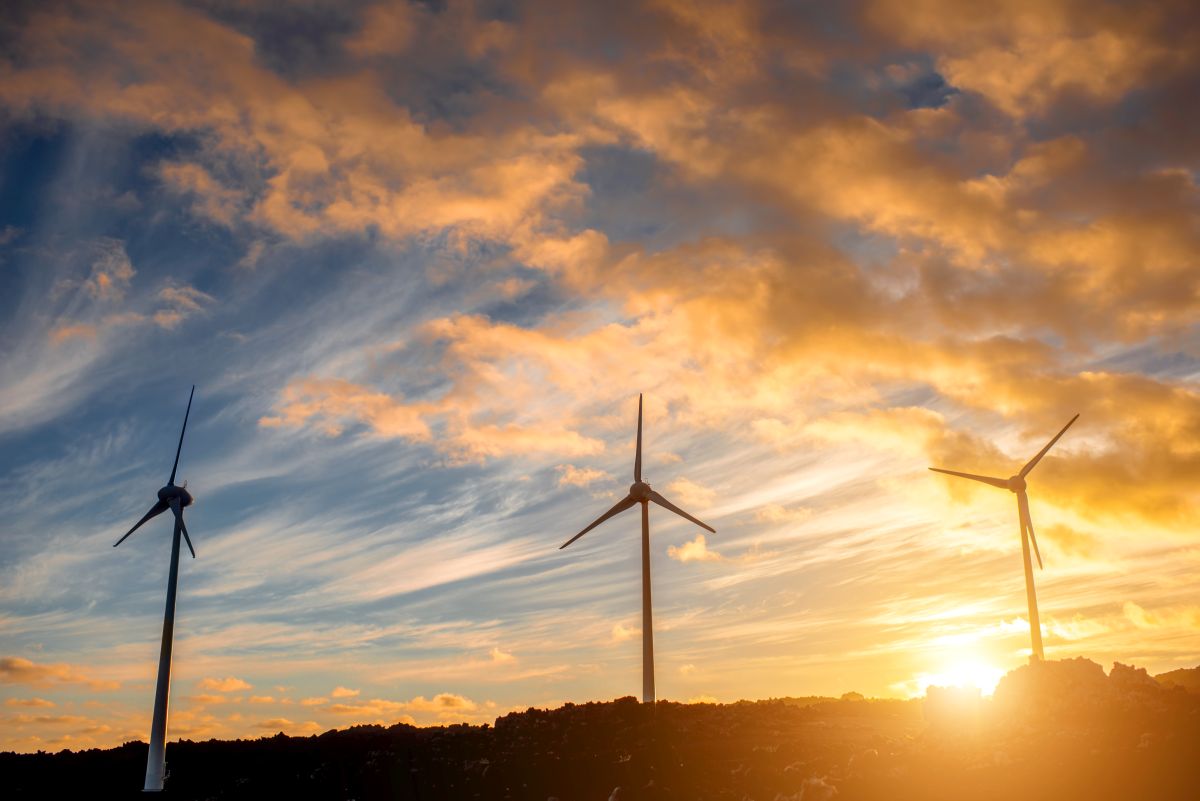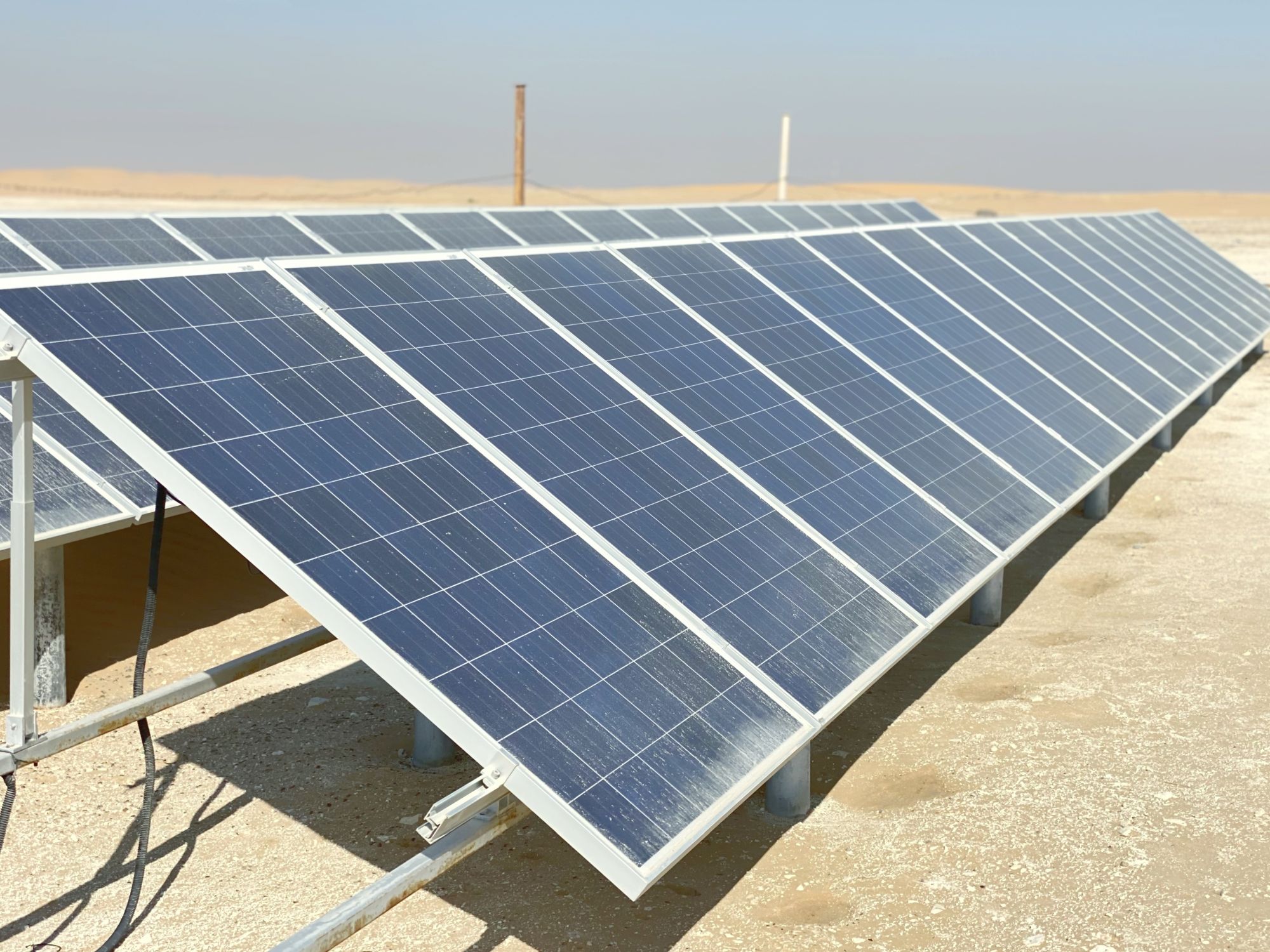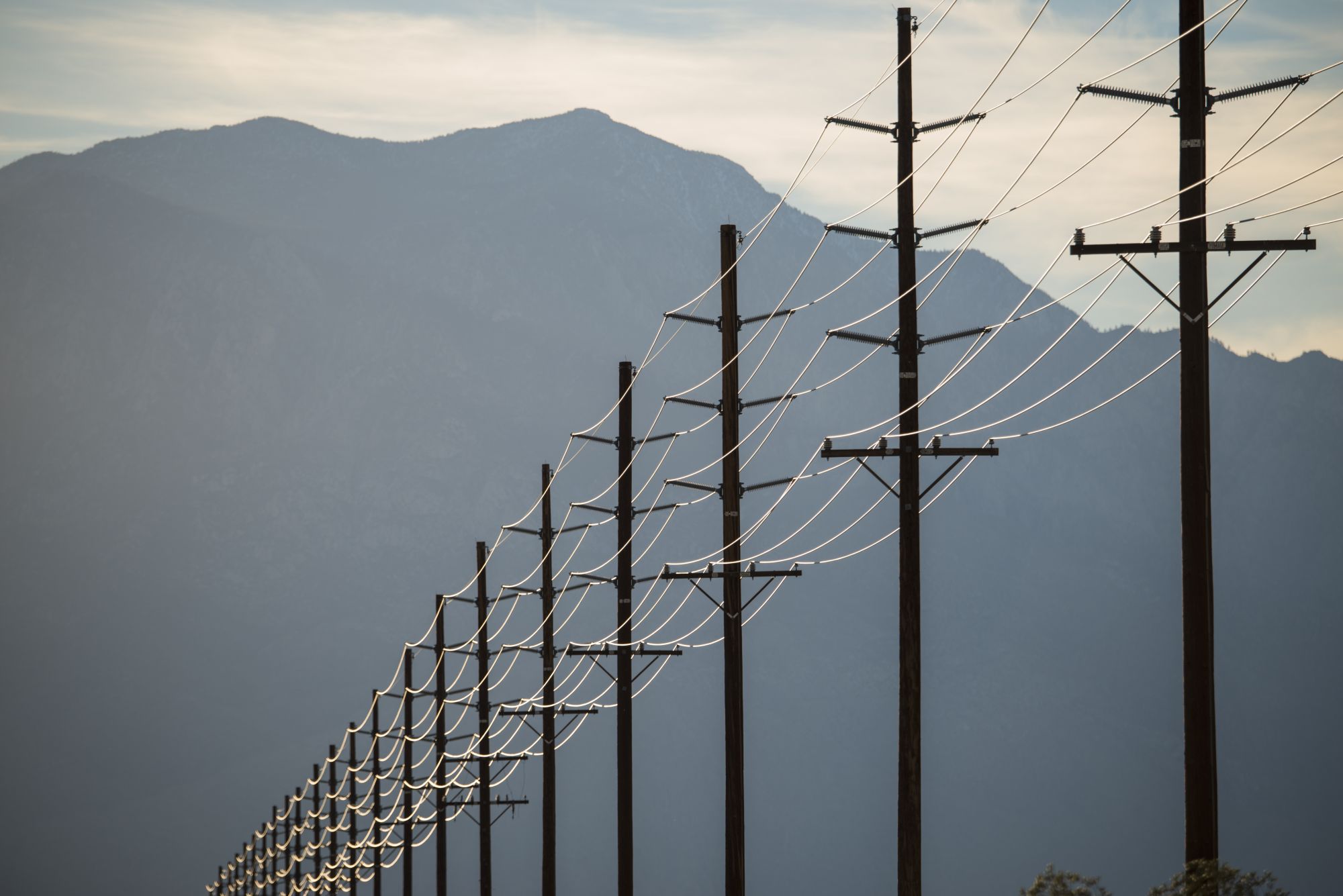WWW.POWER-ENG.COM
The President of the United States has promised no new wind development under his watch, but Donald Trump doesn’t appear to hold much sway over Dominion Energy’s progress on its fully-permitted Coastal Virginia Offshore Wind (CVOW) project.
This week Dominion provided several updates on the development of the 2.6-gigawatt (GW), 176-turbine undertaking, noting in the headline of its release that the wind power the project generates is part of an “all of the above energy strategy,” a not-so-subtle nod to President Trump’s recent “energy emergency” edict that encouraged all energy generation except for wind and maybe utility-scale solar.
Most notably, CVOW is now approximately 50% finished and remains on track for completion by the end of 2026, which would meet Dominion’s original intent.
However, total project costs have increased by nearly $1 billion, growing 9% from $9.8 billion to $10.7 billion, marking the first adjustment since CVOW’s original budget was submitted to the Virginia State Corporation Commission (SCC) in November 2021.
“The cost increase is attributable to higher network upgrade costs which are assigned by PJM, the regional electric grid operator, to CVOW as part of the generator interconnect process and higher onshore electrical interconnection costs,” Dominion explained.
New electric generation resources constructed within PJM territory, like CVOW, are assigned costs by the grid operator deemed necessary to effectively integrate these resources and ensure the reliability and stability of the grid. PJM is charging more because its queue is jammed up amidst system-wide uncertainty spurred by out-of-control costs at a recent power auction.
“Network upgrades do not impact project construction or timeline and represented the largest unfixed cost input for the project,” continued Dominion. “Aside from changes to onshore costs, aggregate costs for other project costs, including offshore, have remained in line with the original budget. The project’s current unused contingency of $222 million, up ~$100 million from (the) last update, now represents ~5% of remaining project costs.”
OTHER CVOW PROJECT UPDATES
Dominion Energy has installed CVOW’s first 16 transition pieces, serving as junctions between the foundation and tower for each of the 176 wind turbines. At the end of January, the first of three 4,300-ton offshore substations was delivered to the Portsmouth Marine Terminal in Virginia Beach. Dominion says fully fabricated monopiles, transition pieces, undersea cables, and other major components continue to be delivered in preparation for installation.
Wind turbine tower and blade fabrication is now underway, and nacelle fabrication is slated to begin later this quarter. SiemensGamesa, the project’s wind turbine supplier, is manufacturing the same turbine model for CVOW that it previously successfully fabricated, installed, and is now operating at the Moray West offshore wind project. Charybdis, the American-built, flagged, and crewed, wind turbine installation vessel (WTIG) is now 96% complete and has commenced sea trials in Brownsville, Texas.
CVOW is located in a nearly 113,000-acre lease area off the coast of Virginia Beach.
COST TO CONSUMERS
President Trump has long derided wind power for all sorts of reasons, including its cost to Americans.
“I don’t like wind. The wind blows, then it doesn’t blow. The things cost a fortune, they’re made in China, they kill the birds,” Trump recently told Sean Hannity on Fox News. “They’re horrible. We don’t want windmills in this country.”
“If you have a house and you’re in (the) vision of a windmill, your house is worth half. It’s a disaster,” the President continued. “Nobody wants them and they’re the most expensive kind of energy.”
Wind energy is not generally recognized as the most expensive form of energy. That title goes to nuclear energy, which has the highest estimated capital costs of any such technology used in the United States. As of 2023, capital costs for nuclear power plants ranged between $8,475 and $13,925 per kilowatt. Onshore wind power runs around $1,160 per kilowatt globally, and it’s getting cheaper every year. Offshore wind power is pricier, costing upwards of $2,800 per kilowatt, but still a fraction of compared to nuclear facilities.
Dominion Energy maintains that Coastal Virginia Offshore Wind, which is also credited with creating 2,000 direct and indirect American jobs and $2 billion of economic activity, remains an affordable source of electricity for Dominion Energy Virginia customers with robust cost-sharing mechanisms that protect customers and shareholders. As a result of the comprehensive stakeholder settlement approved by the SCC in December 2022, 50% of the updated total project costs above $10.3 billion are unrecoverable from customers and borne by the project owners.
Including this week’s cost update, Dominion says the expected average impact over the project’s lifetime to a typical residential customer bill using 1,000 kWh per month will be a 43-cents per month. The project’s updated levelized cost of energy (“LCOE”) of ~$62 (vs. the prior estimate in November 2024 of $56) continues to benchmark very favorably with new generation alternatives including solar, battery, and gas-fired generation, according to the utility.
As part of a recent comprehensive business review, Dominion Energy sold a 50% non-controlling interest in CVOW to alternative investment firm Stonepeak, which agreed to fund 50% of project costs up to $11.3 billion, with additional sharing of costs in excess of $11.3 billion. As a result, Stonepeak will fund half, or ~$450 million, of the ~$900 million increase in total project costs. Stonepeak and Dominion Energy will each absorb 50% of increased total project costs not expected to be recovered from customers under the December 2022 settlement order. As a result, Dominion Energy expects its Q4 2024 results will include an ~$100 million charge, which will be excluded from operating earnings (non-GAAP), for such amount.


